The Beginner’s Guide: Tim Burton, Director
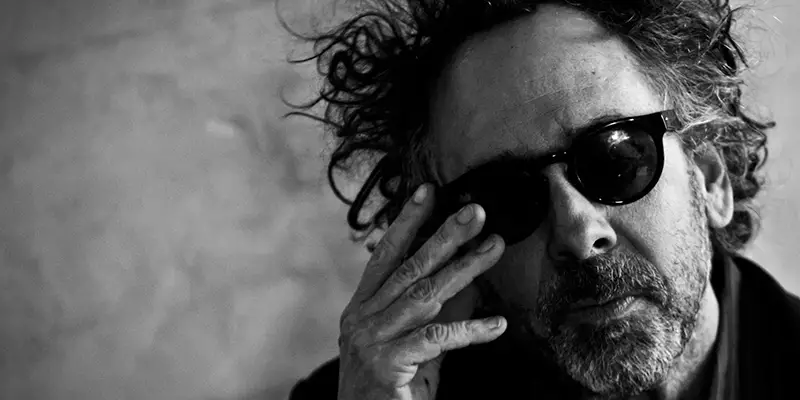
Sam is 25 years old from the West Midlands region…
There are a number of directors that have distinguished their own unique imagination into Hollywood and reflected it on the big screen. Directors who are considered ‘auteurs’ have the creative ability to make feature films that are based on their own imagination, are part of their personalities, or which they find as a genuine interest.
One such example is Tim Burton, the eccentric filmmaker who broke through as an animator and storyboard artist in the 1970s to progressively becoming one of cinema’s most recognised directors.
Andrew Sarris described ‘auteur’ as a director who uses a film like an author with a pen. Basically, it means that they choose to reflect their personal vision through a particular preference, style or personality. Burton’s work was influenced from the eccentric forms of art including paintings, books and other films.
Perhaps the most known example is German Expressionism, a movement that arose in the 1920s where a number of films were produced with oblique camera angles, exaggerated makeup, and distorted settings, and in addition are usually within the science-fiction or horror genres.
As audiences can identify the majority of Tim Burton’s films as gothic, he is a global favourite for certain people within that social group. However, he has also directed other films where he looks outside the box in terms of style. Burton’s efforts in bizarre storytelling and art are exemplified in his films and in written sources, such as The Melancholy Death of Oyster Boy & Other Stories (1997), and his own sketches in The Art Of Tim Burton (2009).
This article reflects on Tim Burton’s creative works beginning from his adolescent years as a literature and stop-motion fan to the present as an established auteur and influential director.
Early career in short films & animation
Tim Burton is a creative director known for a number of unique styles in filmmaking. His earliest trademark flair was in the animation genre, where he participated in a number of motion pictures from adolescent phase to the early adulthood of his career.
As a youngster, Burton was a keen admirer of stop-motion animation and used his 8mm camera to make short films at his family home in Burbank, California. Eventually, he graduated from the California Institute of Arts and produced a short called Stalk of the Celery Monster. He drew inspiration from the works of childhood heroes Dr. Seuss and Roald Dahl with this short. As a result, the project sparked attention from Walt Disney Animations.

Following this, Burton became involved in Disney as an animation apprentice by becoming a storyboard artist on films such as The Fox And The Hound (1981). However, despite the fact that his efforts were not complete to the final finished product, he continued to make his own short films whilst employed at Disney.
One such example is Vincent (1982), a black-and-white stop motion short that features Vincent Price as the narrator. Burton was a huge admirer of the late actor and by casting him and expressing his unique style through Vincent, he began to develop as an auteur.
Breakthrough into mainstream cinema
At this stage of his career, Burton continued to make short films. He released Frankenweenie (1984), a story loosely referenced from Frankenstein of a boy who brings his dog back to life via electricity. That film stems as both a parody and a tribute to both Mary Shelley’s novel and James Whale’s adaptation. Afterwards, Burton released his first feature film, Pee-wee’s Big Adventure, with a low budget of just $8 million. This also marked the first time he began his long collaboration with songwriter and composer Danny Elfman.
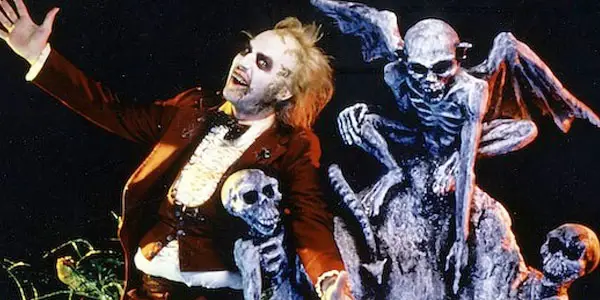
Pee-wee was well-received by critics but it didn’t show the unorthodox potential that Burton could bring to cinema at the time. As he previously made short animations that follow a German Expressionist formula, he turned to live-action. The first of these was Beetlejuice in 1988, starring Michael Keaton. Although not strictly an original Burton story, the bizarre narrative and visual potential matched the trademark style that he utilised in Vincent.
Beetlejuice became a success and kicked off Burton’s status in Hollywood. As a director with a dark style, Hollywood deemed Burton as a substantial choice to restart the live-action Batman franchise. Just a year after Beetlejuice, Burton took the role of directing Batman (1989) with Michael Keaton as the titular character and Oscar winner Jack Nicholson as the Joker.
Those two names also gave Burton’s work some more recognition, especially after it won the Academy Award for Best Direction and Nicholson gaining a Golden Globe nomination for Best Actor – Musical/Comedy. Following the success of Batman, Burton and Keaton returned with Batman Returns (1992), where new villains were introduced and the story continued the caped crusader’s legacy.
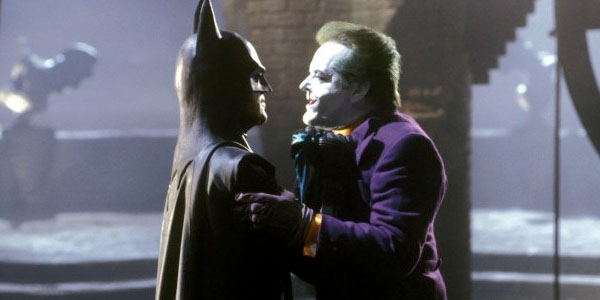
In 1993, The Nightmare Before Christmas was released. Although Burton did not direct the film, many audiences and critics argue that he was a valuable part of it, as it was adapted from his original story and is aligned with his own animation style. The film was Burton‘s real stop-motion breakthrough in mainstream cinema and has since became a cultural favourite, particularly during the festive seasons of both Halloween and Christmas.
Burton the Auteur: Part I
In the midst of directing the Batman franchise, Burton turned to other projects where his auteur attributes within fantasy and horror turn into drama. Edward Scissorhands (1990), for example, is a story created from Burton’s mind and loosely adopted from Frankenstein. To quote Casablanca (1942), Scissorhands was “the beginning of a beautiful friendship” between Burton and leading star Johnny Depp, and they have since produced another seven films together.
The 1990 fantasy-drama is considered by many to be Burton’s greatest achievement, as it exemplified an unorthodox visual representation of fantasy elements while simultaneously eliciting deep emotion.
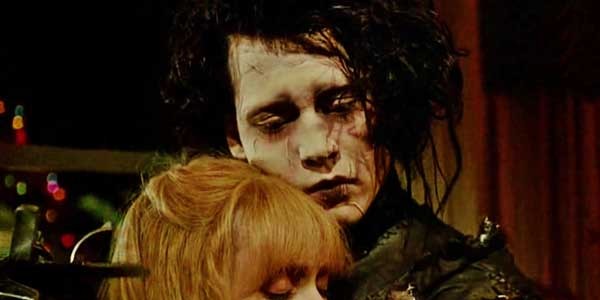
Following this breakthrough, Burton turned the emotional tragedy and unusual features of Edward Scissorhands into an actual film drama. This film was Ed Wood (1994), which reuinted Burton with Depp and also starred Martin Landau in an Oscar-winning performance and Sarah Jessica Parker.
The film is a bio-pic about director Ed Wood, sometimes considered the worst filmmaker of all time, whose trademark style during production matched that of Burton’s. Considering this, Burton elicited his unique choice of film by portraying Wood’s work while also proving that he can work outside of fantasy, horror, and animation.
Speaking of fantasy, Burton did not return to direct Batman Forever (1995), and instead handed it over to Joel Schumacher. One year later, he made Mars Attacks! (1996) which featured an ensemble cast consisting of Jack Nicholson, Glenn Close, Danny DeVito, Pierce Brosnan, Michael J. Fox, Annette Bening, Sarah Jessica Parker and a teenage Natalie Portman. The film was not very well received critically or commercially, but from Burton’s perspective Mars Attacks! is another film that exemplifies his trademark style.
At the time of Mars Attacks! in 1996, Burton produced a joint live-action and stop-motion adaptation of Roald Dahl’s James and the Giant Peach, though he didn’t direct it. The character prowess and visual potential of Dahl’s novel deemed it fitting to interpret from Tim Burton’s unique world as an auteur. In this respect, by combining both Burton’s stamp of stop-motion animation and unusual storylines with a touch of drama, James and the Giant Peach became a success.
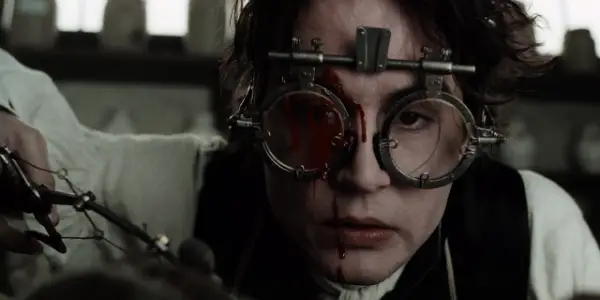
Burton took a small break from filmmaking until three years later, when he directed Sleepy Hollow (1999), an adaptation of Washington Irving’s short story. Originally published in a collection of stories, Sleepy Hollow caught the attention of Tim Burton from the way that, like many of his films, it corresponded to his visual style. Johnny Depp returned to play Ichabod Crane and leads an ensemble cast with a surreal yet beautiful horror film.
The 1990s saw Tim Burton become more diverse in his film choices than during the earlier stages of his career. As the 21st century approached, Burton continued to produce and release motion pictures that he specifically chose as those that met his personal style while also exemplifying something altogether different.
Burton the Auteur: Part II
Tim Burton’s first film of the 21st century was Planet Of The Apes (2001), a remake of the original 1968 classic. This new adaptation is also where Burton first met his long-time partner and collaborative star Helena Bonham Carter. The film was met with mixed reviews due to its differences from the original, but it did become a commercial success.
Burton then turned to another book called “Big Fish: A Novel of Mythical Proportions”, and adapted it into a feature film simply called Big Fish (2003). To many surprises, Big Fish became Burton’s best critically-received film of his career at the time. The film featured a humane story about settlement between family members, something most of us can relate to. Most likely, because Burton’s father died in 2000 and his mother in 2002, Big Fish had a significant impact on him, enhancing his status as an auteur.
Simultaneously, Big Fish is also an escapist adventure into a fantasy underworld. It still showed Burton’s eccentric flair, but instead within a lighter visual style. The film was nominated for the Golden Globe for Best Picture – Musical/Comedy and Best Supporting Actor (Albert Finney) as well as an Academy Award nominee for Best Original Score.
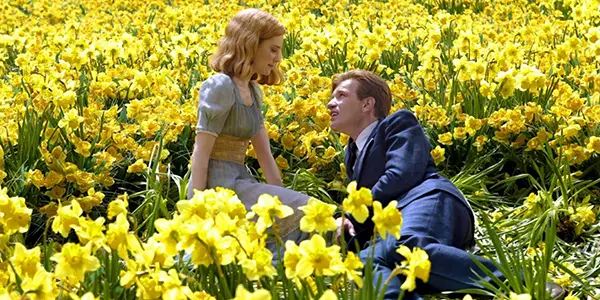
From these two aforementioned films, it is fair to say that Burton films can be either a success or a failure. His next feature came in 2005 to mixed reviews, particularly compared to the original film and novel – Charlie and the Chocolate Factory (2005). It became Burton’s second involvement on a Roald Dahl adaptation, only this time he was in full control of the camera.
The film received positive reviews, overall, particularly for Johnny Depp’s role as Willy Wonka, who received a Golden Globe nomination for Best Actor – Musical/Comedy. It also did reasonably well at the box office, perhaps enhanced by Burton’s auteurist style and because Dahl’s original novel remains a family treasure.
That same year, in 2005, Tim Burton returned to stop-motion filmmaking and released Corpse Bride (2005), a story about a man named Victor (Johnny Depp) preparing to tie the knot with his wife who, while practicing his vows, accidentally marries a deceased bride (Helena Bonham Carter).
Like The Nightmare Before Christmas, it is another typical Burton feature that distinguishes between life and death through the eccentric style of stop-motion filmmaking. Corpse Bride was nominated for Best Animated Feature at the Academy Awards, but lost to Wallace & Gromit: The Curse Of The Were-Rabbit (2005).
In 2007, Tim Burton released about the closest film to have earned him Academy Award recognition – Sweeney Todd: The Demon Barber Of Fleet Street (2007). Starring Depp and Bonham Carter in leading roles, it is based on Stephen Sondheim’s blood-thirsting musical of revenge.
The film utilises many filmic elements traditional to Burton while producing something new, especially within the musical genre. Burton was nominated for Best Director at the Golden Globes and the film was nominated for three Academy Awards including Best Actor for Depp.
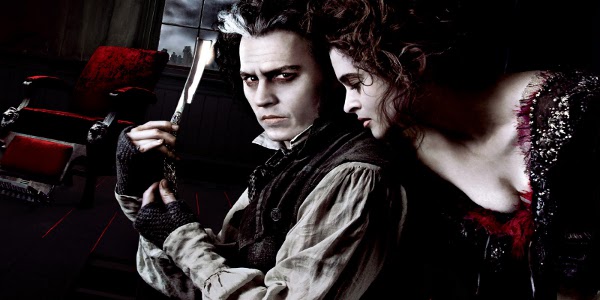
At this stage, Tim Burton’s career was at its highest peak. Following Sweeney Todd, he began developing a new live-action adaptation of Alice In Wonderland featuring Depp, Bonham Carter, Anne Hathaway and newcomer (at the time) Mia Wasikowska.
Disney already had an animated feature under their belt but, like many fantasy films directed by Burton, it seemed the perfect idea to mix Lewis Carroll’s Wonderland with his own unique imagination. The film received a mixed response from viewers, though it was an overwhelming success at the box office. A sequel called Alice Through The Looking Glass is scheduled for release in May 2016 with Burton serving only as producer.
Recent Years
Like back in 2005, viewers were treated to two new Tim Burton films in 2012 – Dark Shadows and Frankenweenie, a stop-motion animated remake of Burton’s own 1984 film. Dark Shadows became Burton’s most recent work with Johnny Depp and Helena Bonham Carter, and is an adaptation of Dan Curtis’ television series.
Like Alice in Wonderland, Dark Shadows is a story that meets seamlessly with Burton’s style, with its main emphases being mise-en-scène and characters, though it also received mixed to negative reviews. Burton’s return to stop-motion animation with Frankenweenie was at positive standards with an Academy Award nomination for Best Animated Picture.
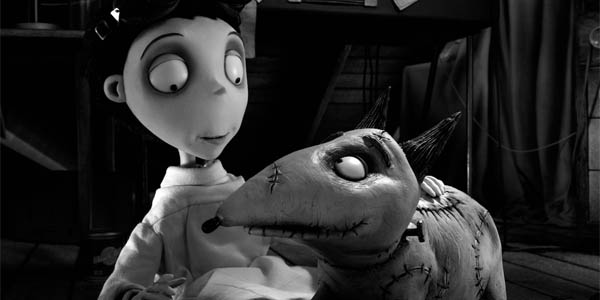
Tim Burton’s most recent film, Big Eyes (2014), was arguably the most different from any other film he has done. Starring no former collaborators, it starred two-time Oscar winner Christoph Waltz and four-time Oscar nominee Amy Adams. That shows in itself that it may be Burton’s most sophisticated work, regarding stars, to date.
Big Eyes appeared as a drama with a dysfunctional concept of art, which Burton clearly admires. The film was well-received by critics and some have even called it a mass revival in Tim Burton’s career.
So, where is Tim Burton today? His next film called Miss Peregrine’s Home for Peculiar Children (2016), another adaptation of the book by Ransom Biggs, is scheduled for release during Christmas 2016. In addition, there have been discussions for Burton directing a Beetlejuice sequel, which has been in development for almost three decades, and a live-action version of Dumbo. Neither film has an official release date yet, but from Burton’s track record of fantasy films and adaptations, it seems inevitable. Only time will tell whether they will succeed or fail.
Conclusion
Throughout his forty-plus year career, Tim Burton has developed from a childhood fan of art and cinema into a visual director with a distinctive style. His work, being influenced from others before him, has now become the inspirational source for many others in and outside of Hollywood. At the same time, viewers can establish that Burton is a diverse director who, despite sometimes doing a film different from what he is known for, has some uncanny elements.
The bottom line is, though, that Tim Burton has maintained his passion for art, and cinema is his tool to express it. Considering that, Burton is still very selective in what he chooses to make, whether they are original stories or adaptations of a previous source. Therefore, he is arguably one of cinema’s pioneering auteurs and influential directors (along with Alfred Hitchc*ck and Quentin Tarantino), who has established a new definition of what it means to progress from a fan of art to a global forerunner in the industry.
Which is your favourite Tim Burton film? Do you prefer his trademark style in fantasy & horror, dramas or stop-motion animation? Do you consider him to be one of cinema’s most influential directors today?
Does content like this matter to you?
Become a Member and support film journalism. Unlock access to all of Film Inquiry`s great articles. Join a community of like-minded readers who are passionate about cinema - get access to our private members Network, give back to independent filmmakers, and more.
Sam is 25 years old from the West Midlands region of the UK, who has a passion for the world of cinema and publishing. He is currently studying a postgraduate degree in Film & Television: Research and Production at the University of Birmingham. He is currently working in theatre and academic support.













